The Arctic Circle harbors some of Earth’s most remote and captivating islands, where the boundaries between sea and ice blur beneath the midnight sun and aurora borealis. These pristine territories offer unprecedented opportunities to witness nature at its most raw and magnificent, from polar bears prowling pack ice to vast colonies of seabirds nesting on towering cliffs.
While reaching these remote outposts requires careful planning and often substantial resources, the rewards of experiencing such untouched wilderness are truly incomparable. These fifteen islands represent the ultimate frontier for adventurers seeking genuine isolation and arctic splendor.
Svalbard’s Nordaustlandet, Norway
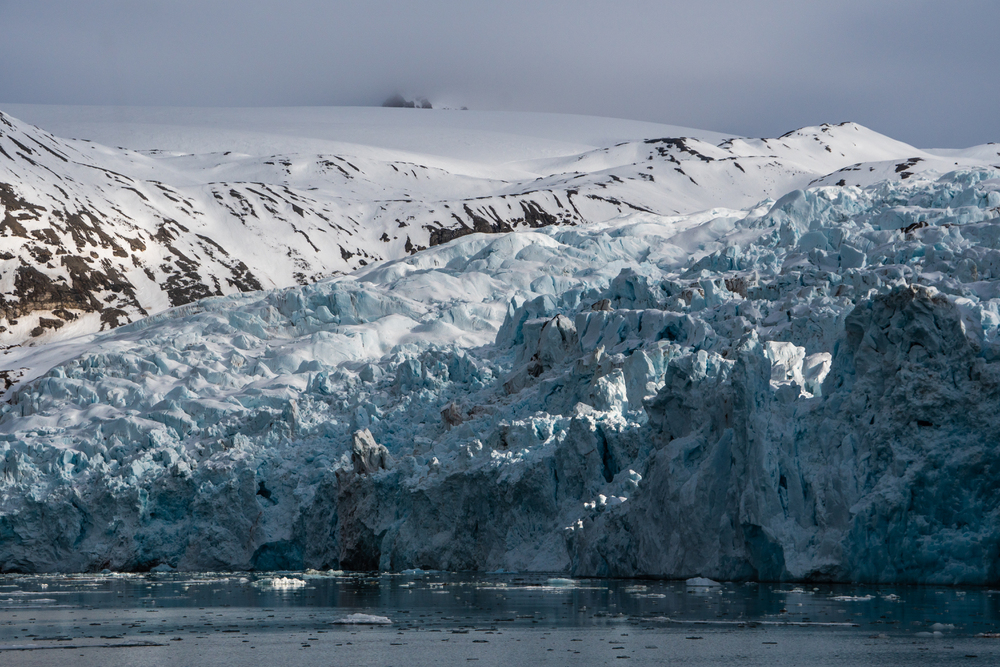
The second-largest island in the Svalbard archipelago, Nordaustlandet presents a stark landscape of ice caps and polar deserts. Nearly 75% of this uninhabited island lies beneath permanent ice, creating otherworldly scenes of pristine white expanses.
Wildlife spotting opportunities abound, with polar bears, arctic foxes, and Svalbard reindeer roaming freely across the terrain. The island’s northern coast features the dramatic Austfonna ice cap, whose towering ice cliffs regularly calve into the Arctic Ocean.
Ellesmere Island, Canada
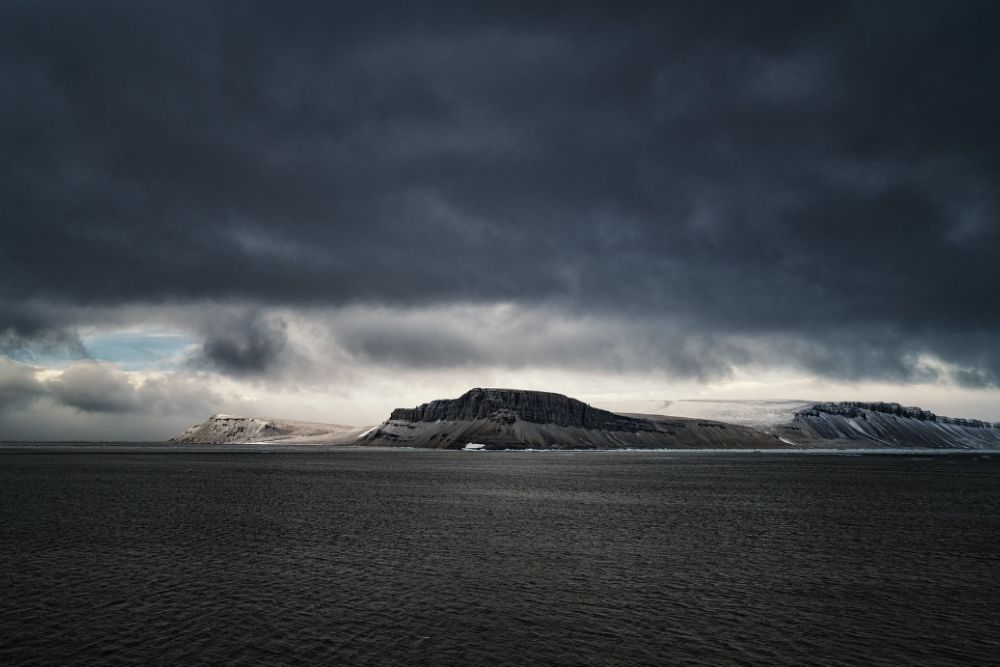
As Canada’s most northern island, Ellesmere embodies Arctic isolation with its vast ice fields and rugged mountains. The island hosts some of North America’s most dramatic fjords, including the iconic Tanquary Fiord.
You might spot muskoxen grazing on the sparse vegetation while narwhals surface in the surrounding waters. The island’s Quttinirpaaq National Park, meaning ‘top of the world’ in Inuktitut, represents one of Earth’s most remote protected areas.
Like Travel Pug’s content? Follow us on MSN.
Wrangel Island, Russia
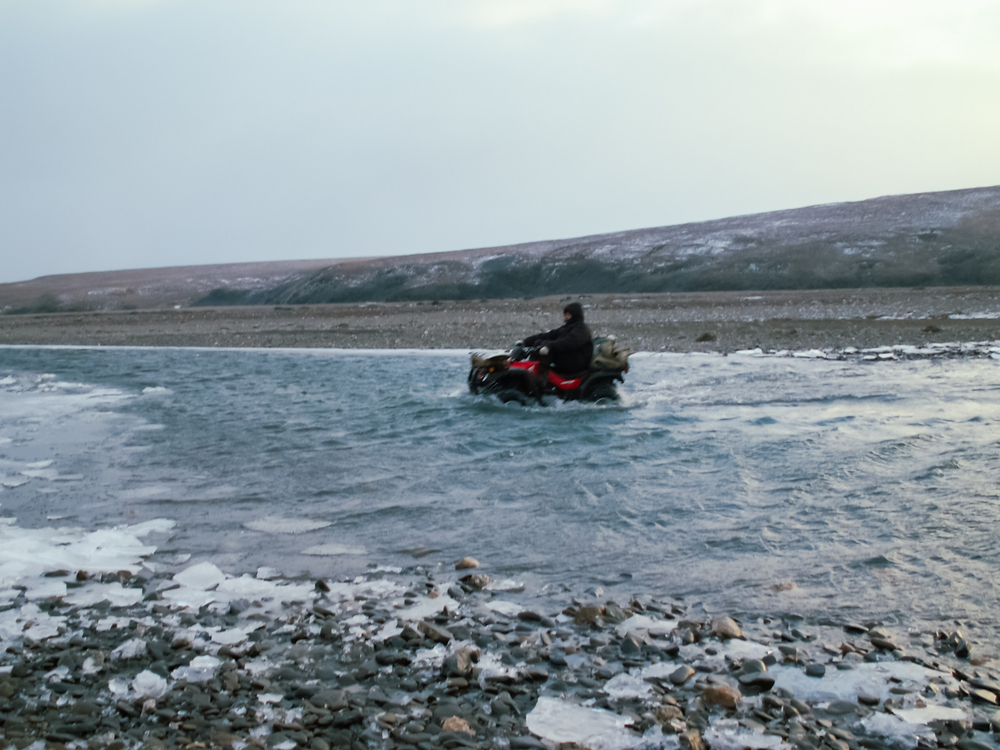
Known as the ‘polar bear maternity ward,’ Wrangel Island hosts the world’s largest population of denning polar bears. This UNESCO World Heritage site remained untouched by the last ice age, resulting in unique arctic flora and fauna.
The island supports ancient mammoth tusks, vast colonies of seabirds, and the world’s largest population of Pacific walruses. Summer visitors might witness wildflower blooms carpeting the tundra in unexpected bursts of color.
Victoria Island, Canada
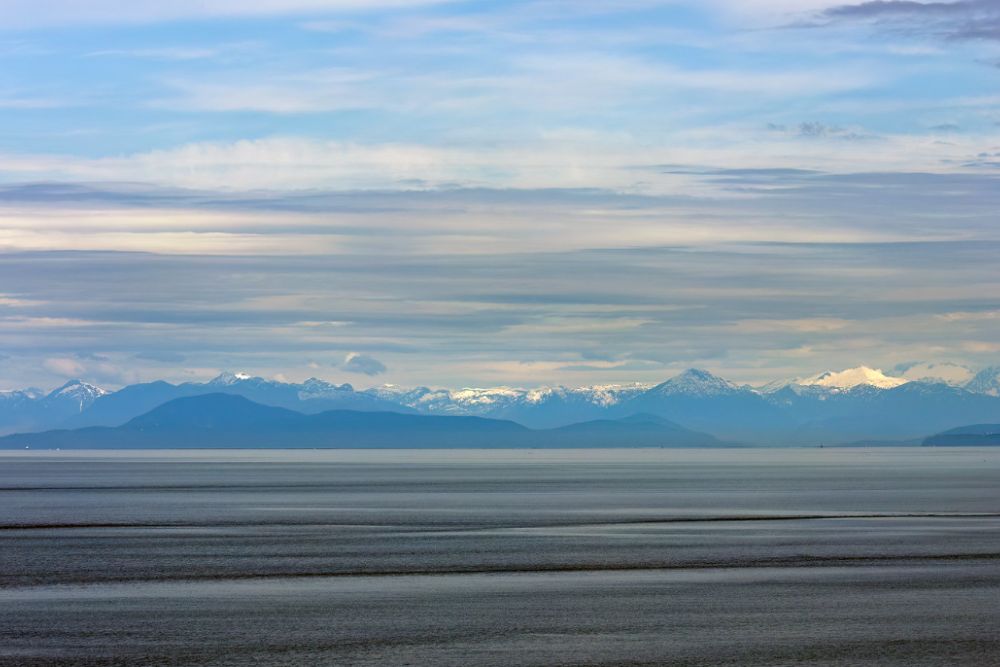
Straddling Nunavut and the Northwest Territories, Victoria Island combines stunning arctic landscapes with rich Inuit heritage. Traditional communities like Cambridge Bay maintain ancient customs while embracing modern life in the High Arctic.
The island features numerous archaeological sites from the Thule culture, ancestors of today’s Inuit people. You’ll find unique geological formations, including the mysterious ‘ping’ circles that puzzle scientists to this day.
Jan Mayen, Norway
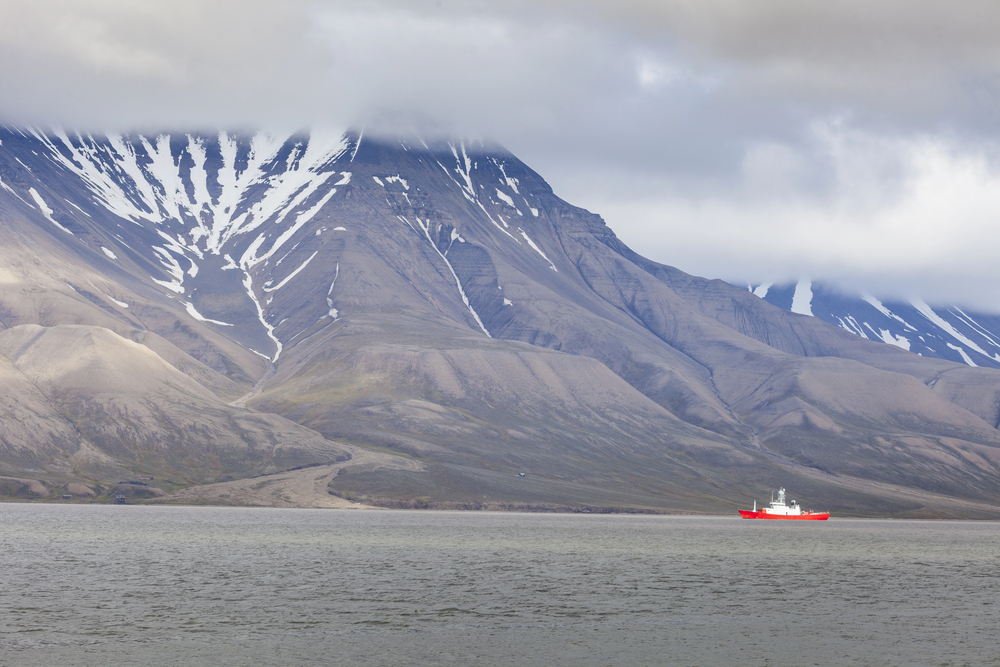
Dominated by the active Beerenberg volcano, Jan Mayen rises dramatically from the Norwegian Sea. This isolated outpost hosts only a handful of Norwegian military and meteorological station personnel.
The island’s volcanic landscape creates striking contrasts with its glaciers and black sand beaches. Wildlife enthusiasts can observe large colonies of northern fulmars and little auks nesting on coastal cliffs.
Like Travel Pug’s content? Follow us on MSN.
Banks Island, Canada
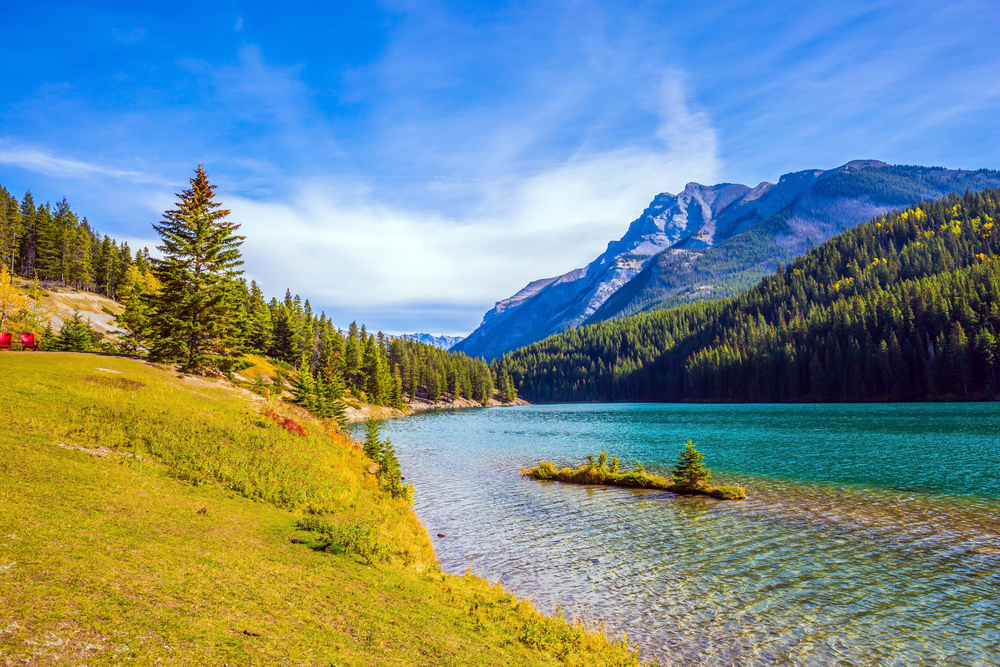
Home to the world’s largest population of muskoxen, Banks Island offers visitors a glimpse into both prehistoric and modern Arctic life. The island contains numerous archaeological sites, including evidence of Pre-Dorset, Thule, and modern Inuit settlements.
Sachs Harbour, the island’s only permanent settlement, provides insights into contemporary Inuvialuit culture. The Aulavik National Park protects critical wildlife habitat and some of the most northerly wetlands in North America.
Novaya Zemlya, Russia
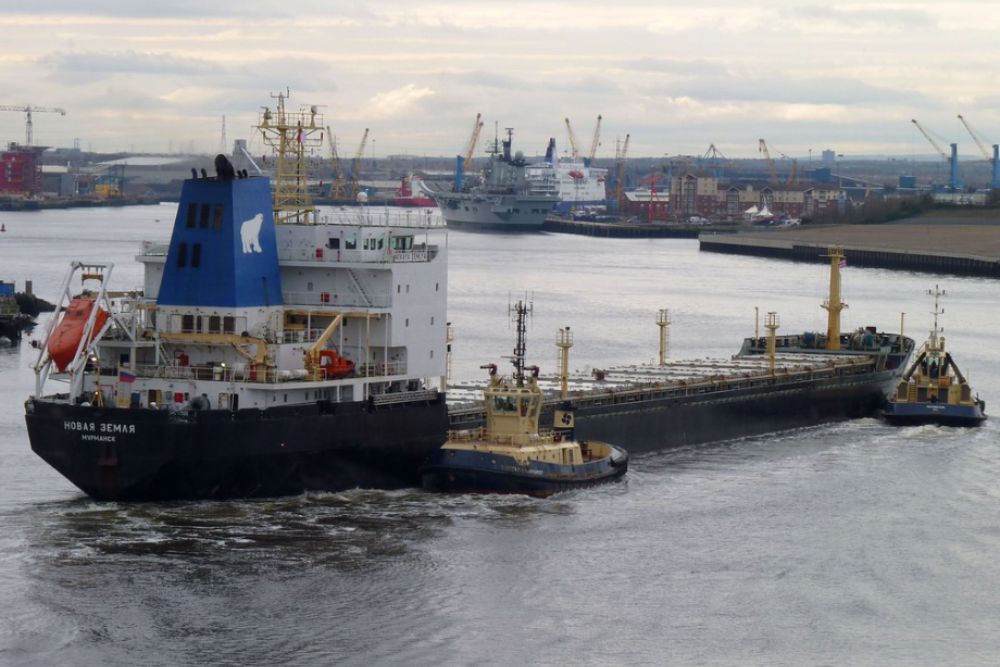
This archipelago stretches nearly 600 miles through the Arctic Ocean, creating a natural boundary between the Barents and Kara Seas. The islands feature dramatic glacier-carved fjords and expansive tundra landscapes.
Though historically used for nuclear testing, today, the archipelago serves as an important nature reserve. Arctic foxes, polar bears, and various seabirds thrive in this remote wilderness.
Devon Island, Canada
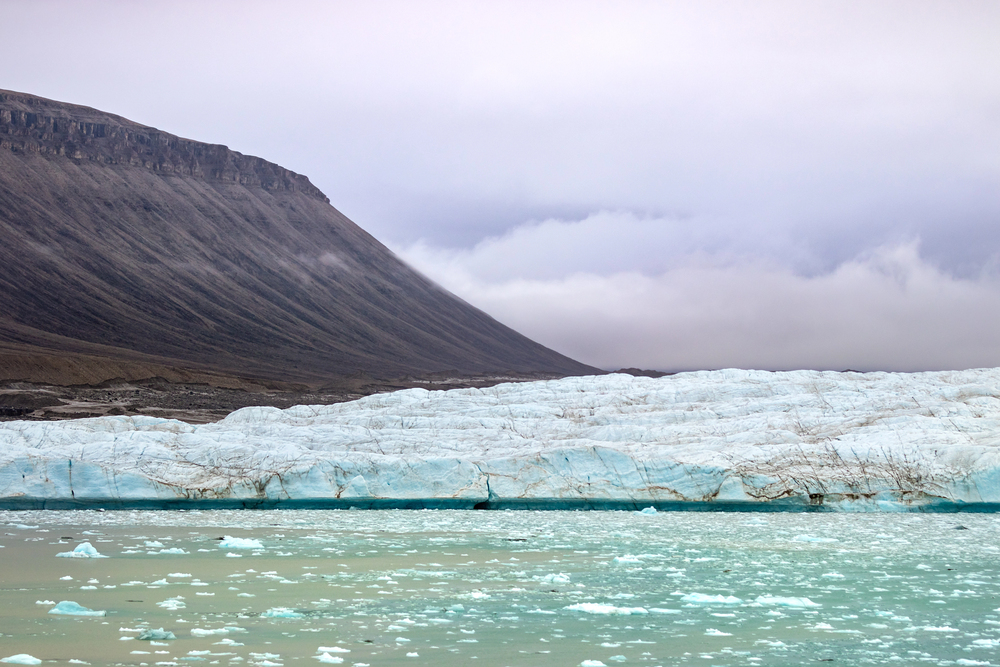
Often called ‘Mars on Earth,’ Devon Island’s polar desert landscape so closely resembles the red planet that NASA uses it for Mars mission training. The island features the world’s largest impact crater in polar regions, the Haughton Crater.
Research stations dot the landscape, studying everything from crater geology to extreme environment survival. The barren terrain supports surprisingly diverse wildlife, including arctic wolves, muskoxen, and numerous bird species.
Like Travel Pug’s content? Follow us on MSN.
Spitsbergen, Norway
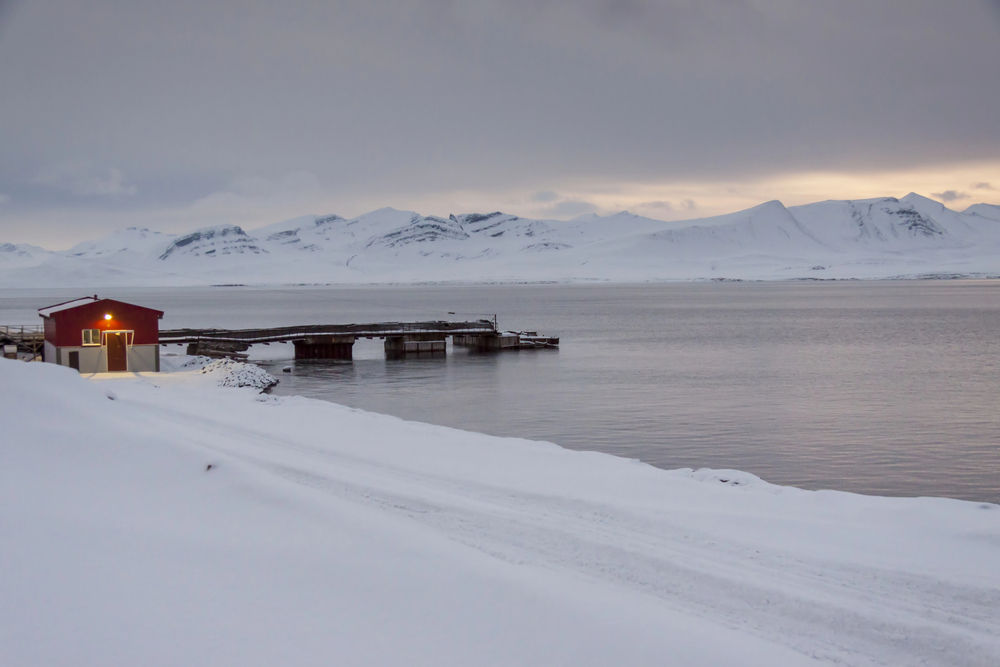
The largest island in the Svalbard archipelago, Spitsbergen combines extraordinary wildlife viewing with relatively accessible Arctic adventure. The small town of Longyearbyen provides a comfortable base for exploring glacier-carved fjords and snow-capped peaks.
You might encounter polar bears hunting seals along the coast or spot arctic foxes in their seasonal camouflage. The island’s abandoned Russian mining settlements offer fascinating glimpses into Cold War-era Arctic history.
Prince Patrick Island, Canada
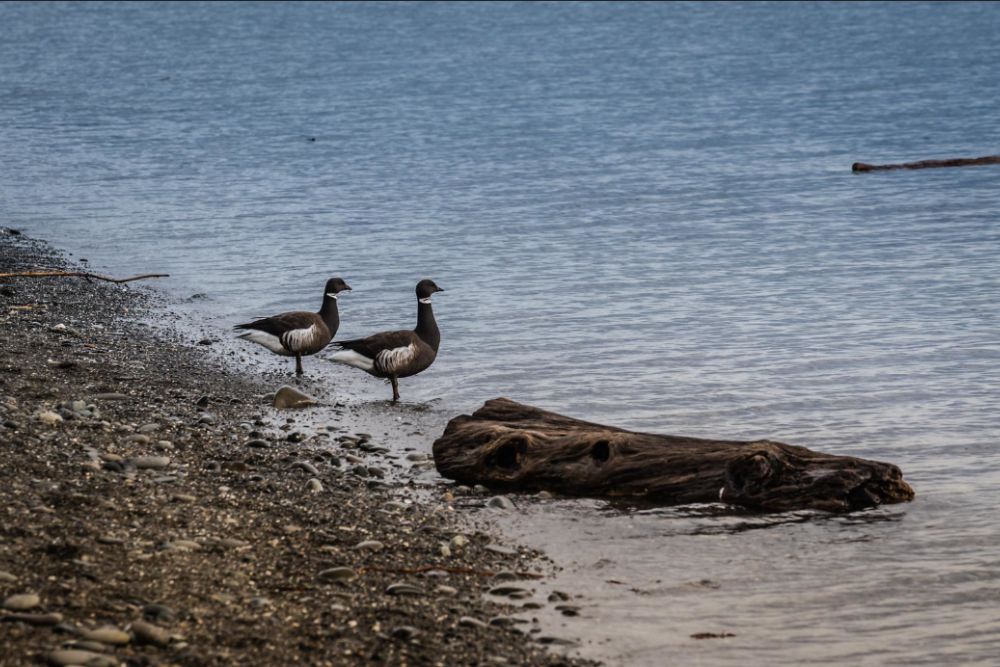
One of the most remote of Canada’s Arctic islands, Prince Patrick Island embodies pristine polar wilderness. The island’s exposed sedimentary rocks contain invaluable fossil records from prehistoric times.
Muskoxen and caribou occasionally venture across the sea ice from nearby islands. The surrounding waters support diverse marine life, including seals, whales, and various fish species adapted to extreme Arctic conditions.
Alexandra Land, Russia
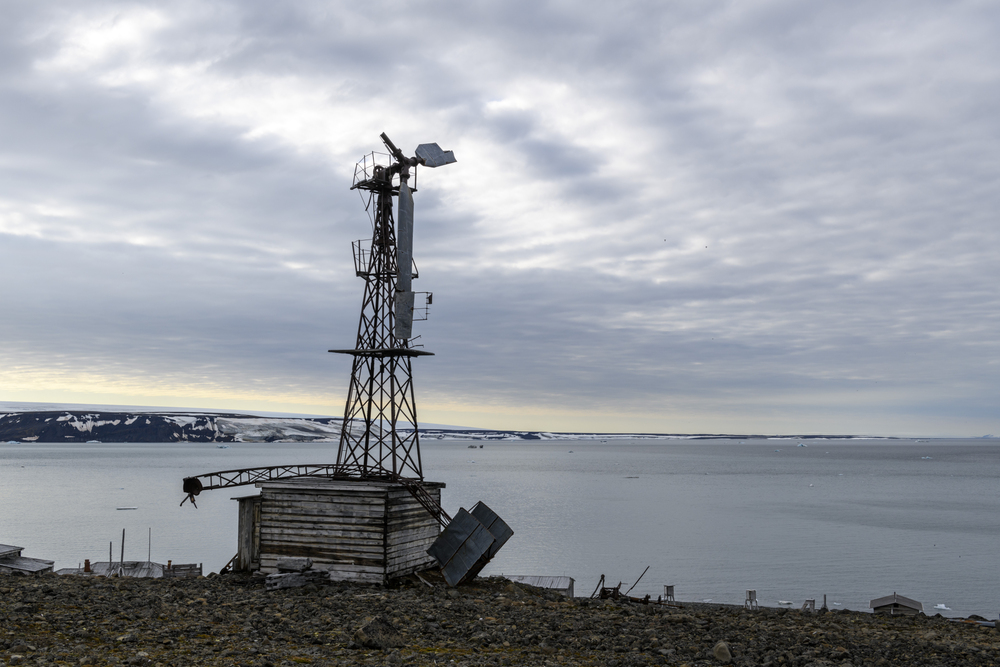
Part of the Franz Josef Land archipelago, Alexandra Land features some of the Arctic’s most dramatic ice cliffs and glacier formations. The island houses the Russian military base of Nagurskoye, the world’s northernmost permanent military installation.
Despite human presence, the island maintains its wild character, with polar bears frequently patrolling its shores. The surrounding waters support diverse marine life, including several seal species and beluga whales.
Like Travel Pug’s content? Follow us on MSN.
Axel Heiberg Island, Canada
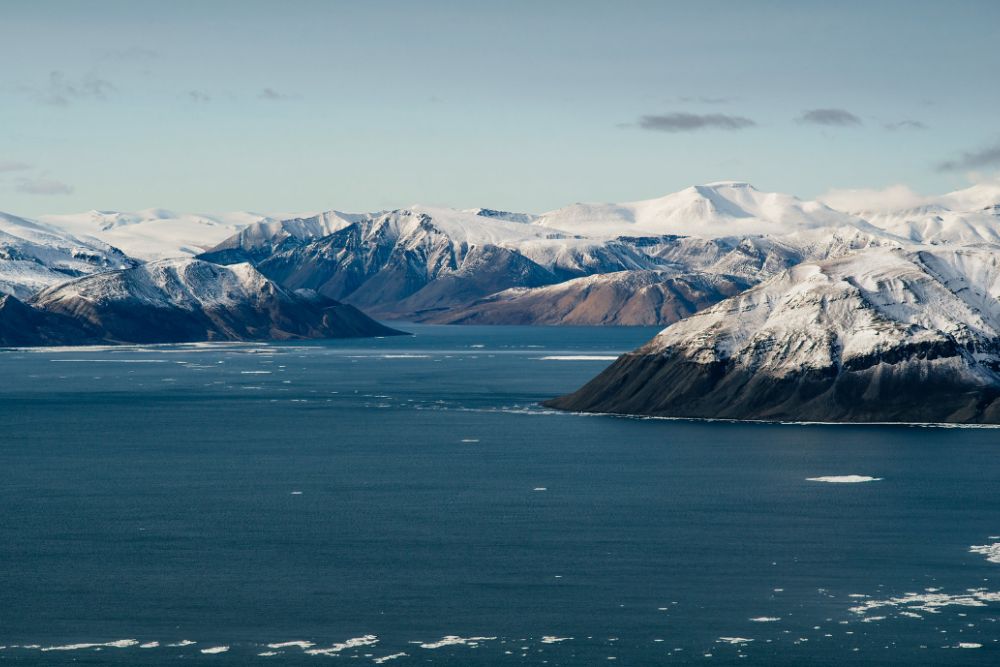
Known for its remarkable frozen forest of mummified trees dating back millions of years, Axel Heiberg Island offers unique insights into Arctic climate history. The island features numerous salt domes and perennial springs that remain unfrozen despite sub-zero temperatures.
Research stations study everything from extreme environment microorganisms to climate change impacts. The island’s White Crown Mountain rises dramatically above the polar landscape, creating stunning photographic opportunities.
Kong Karls Land, Norway
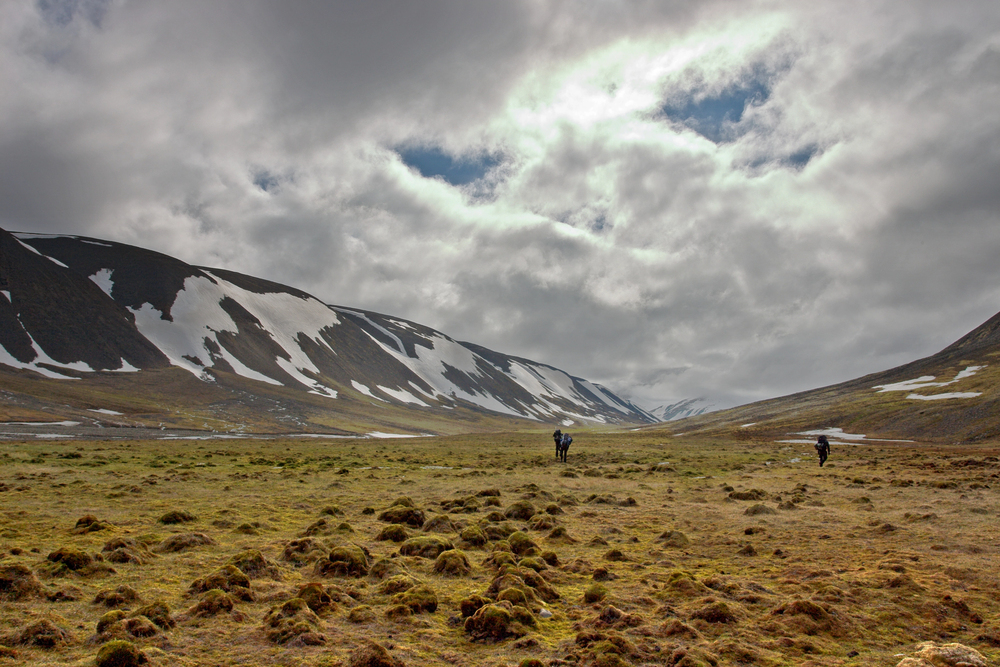
This small archipelago within Svalbard serves as one of the most important polar bear denning areas in the Arctic. The islands remain strictly protected, with access limited to researchers and special expeditions.
Vast colonies of seabirds nest on the islands’ cliffs during the brief summer season. The surrounding waters host abundant marine life, attracting various seal species and their predators.
October Revolution Island, Russia
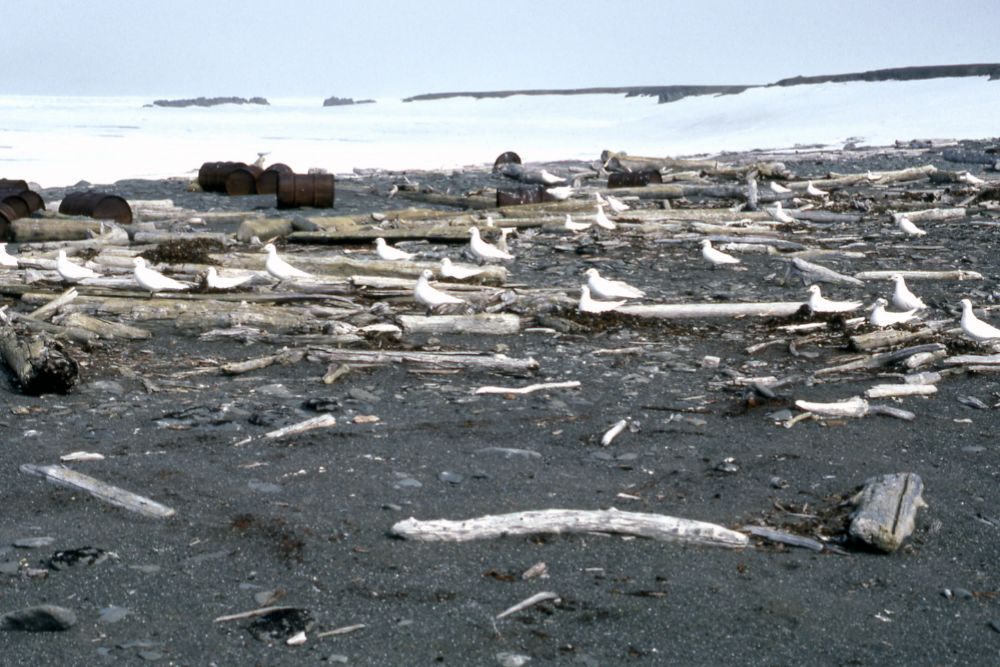
Part of the Severnaya Zemlya archipelago, October Revolution Island features dramatic landscapes of ice caps and rocky outcrops. The island contains the impressive Academy of Sciences Glacier, which produces massive icebergs throughout the year.
Polar bears roam the coastline, while seals bask on ice floes in the surrounding waters. The island’s isolation makes it one of the last truly unexplored areas in the Arctic.
Like Travel Pug’s content? Follow us on MSN.
Prince Leopold Island, Canada
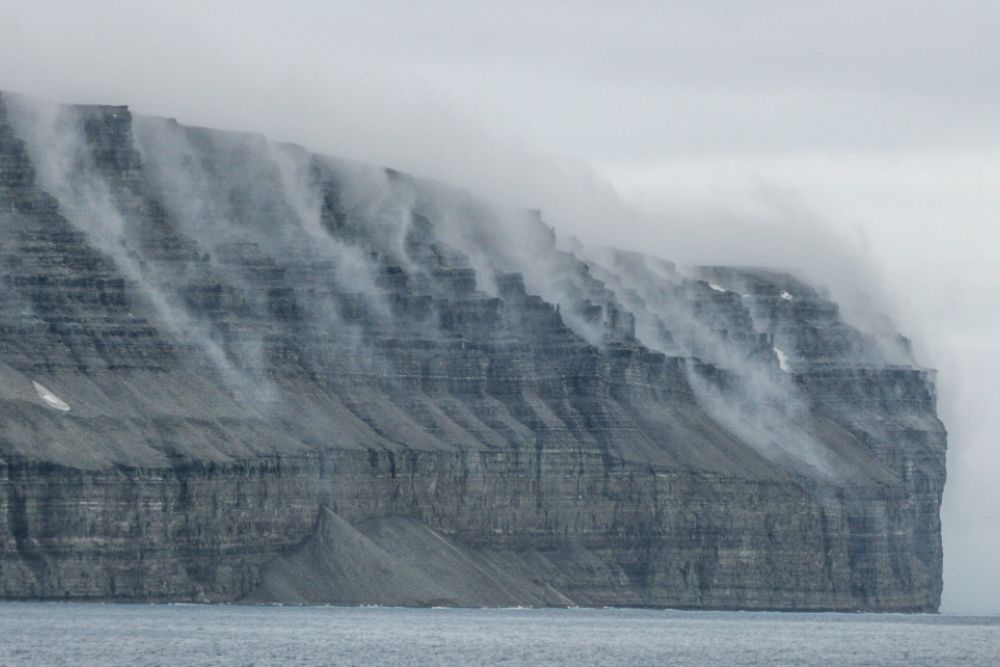
Rising dramatically from Lancaster Sound, Prince Leopold Island’s sheer cliffs provide crucial nesting habitat for thousands of seabirds. The island’s distinctive flat-topped plateau and vertical cliffs create one of the Arctic’s most striking silhouettes.
Thick-billed murres, northern fulmars, and black-legged kittiwakes nest in dense colonies along the cliff face. The surrounding waters serve as an important marine mammal migration corridor.
Beyond the Edge of the World
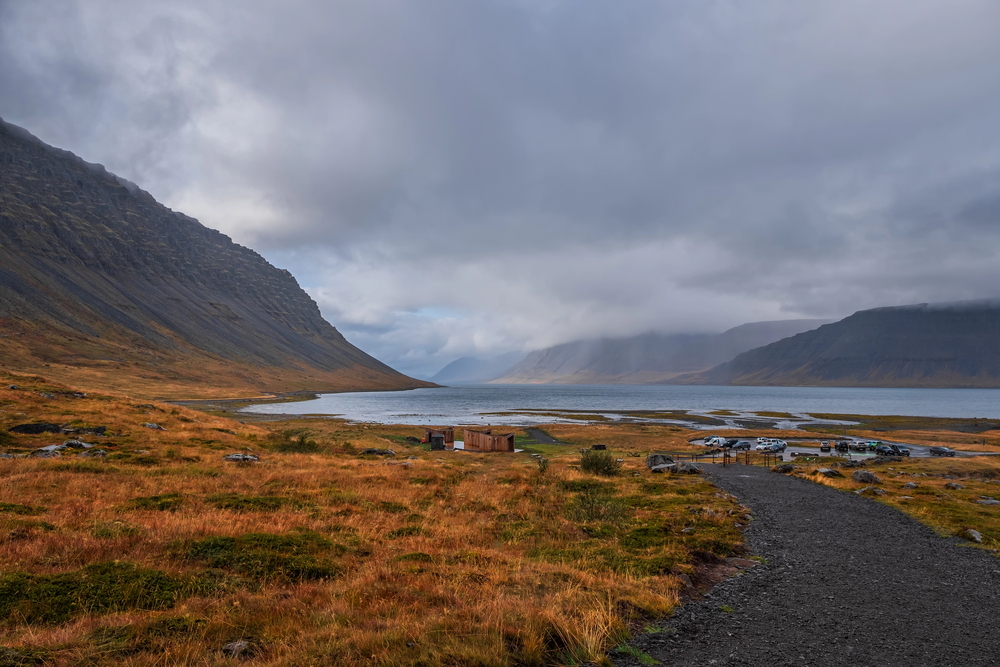
These extraordinary Arctic islands represent Earth’s last true frontiers, where nature rules supreme and human presence remains minimal. Each island tells its own story of survival in extreme conditions from prehistoric times to the present day.
Whether you’re drawn to the dramatic landscapes, unique wildlife, or the simple allure of complete isolation, these Arctic sanctuaries offer experiences that will forever change your perspective on our planet’s polar regions. As climate change continues to reshape these fragile environments, the opportunity to witness their pristine beauty becomes increasingly precious.
More from Travel Pug

- 15 Dangerous European Cities to Avoid
- 15 Caribbean Islands Where Tourists Keep Getting Scammed
- The 20 Most Fascinating Abandoned Places: A Journey Through Time and Forgotten Spaces
- 15 Hidden Places in the Smithsonian Museums Locals Love: A Guide to Lesser-Known Treasures
- 16 Hidden Florida Beach Towns That Aren’t Overrun with Tourists
Like Travel Pug’s content? Follow us on MSN.
